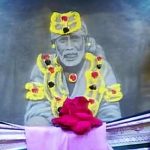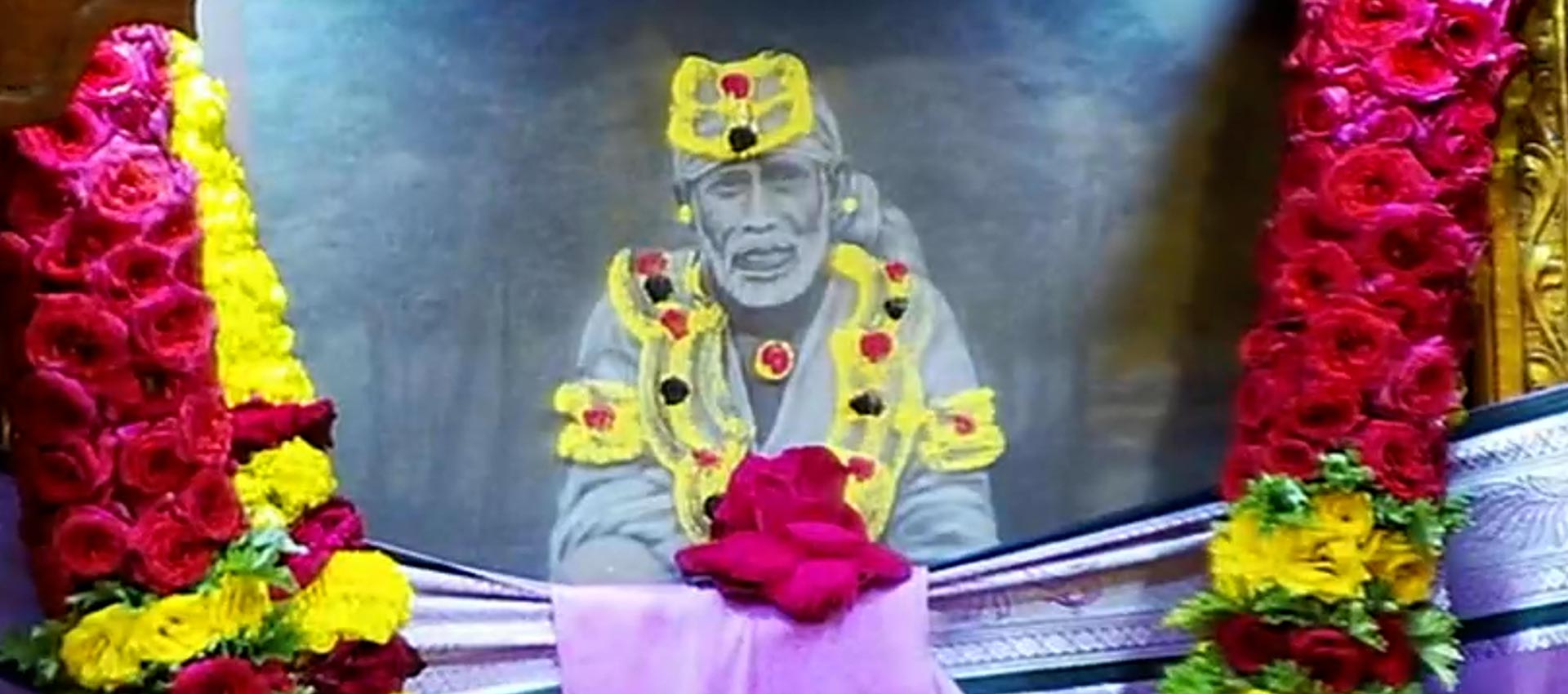
The Sacred Flames of Shirdi: Baba’s Eternal Power Source
The four flames buried beneath the neem tree near Baba's samadhi in Shirdi are storehouses of Baba's immense meditation power and spiritual energy
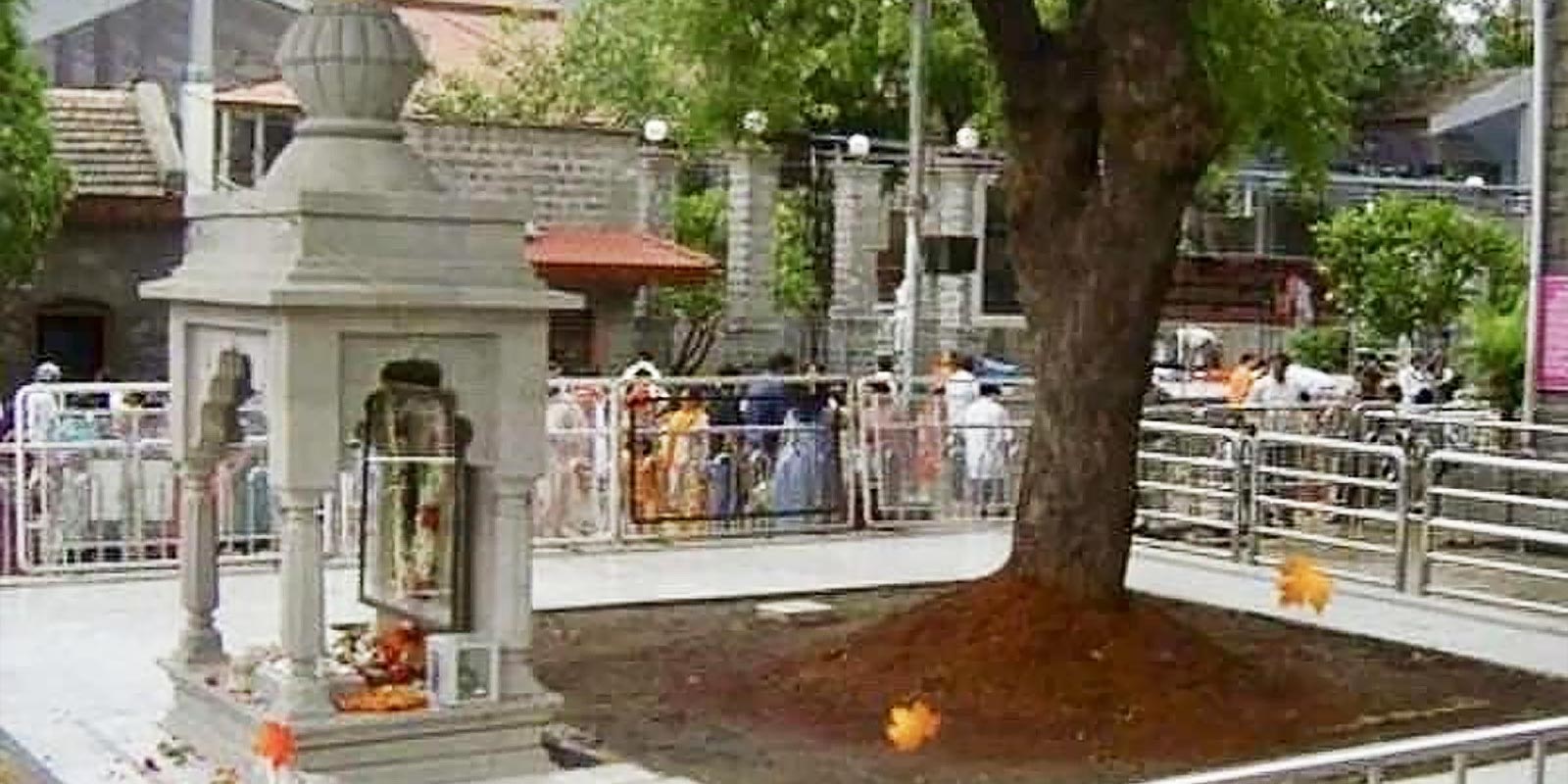
Shirdi Sai Baba’s ‘gurusthan’, the neem tree adjacent to his mahasamadhi tomb and the site he buried his austerity power for future generations to access.
The Four Flames - Infinite Source of Divine Energy
The four flames buried beneath the neem tree near Baba’s samadhi in Shirdi represent one of the most profound and mystical aspects of Shirdi Sai Baba’s spiritual legacy. These are not ordinary flames but repositories of Baba’s immense meditation power and spiritual energy that he accumulated through his intense austerities and yogic sadhanas.
According to Sri Kaleshwar’s teachings (1),
``Baba has huge austerities power that never runs out. It will last for a thousand years. He received that as a boon from Mother Divine.``
This extraordinary power was intensively accumulated through sixty or more years of nearly constant yogic sadhanas and preserved in his ‘gurusthan’ by Baba for future generations.
The four flames were created with a specific purpose:
``He took his meditation energy and made four flames in a room underground. Then he sealed that room to keep those lights burning to store his meditation power, all his energy, for millions of people to be able to receive that energy in the future.``
These flames represent the four timeless spiritual virtues found in all true wisdom traditions and that formed the foundation of Baba’s teachings:
- Satya (Truth)
- Dharma (Right Action)
- Shanti (Peace)
- Prema (Love)
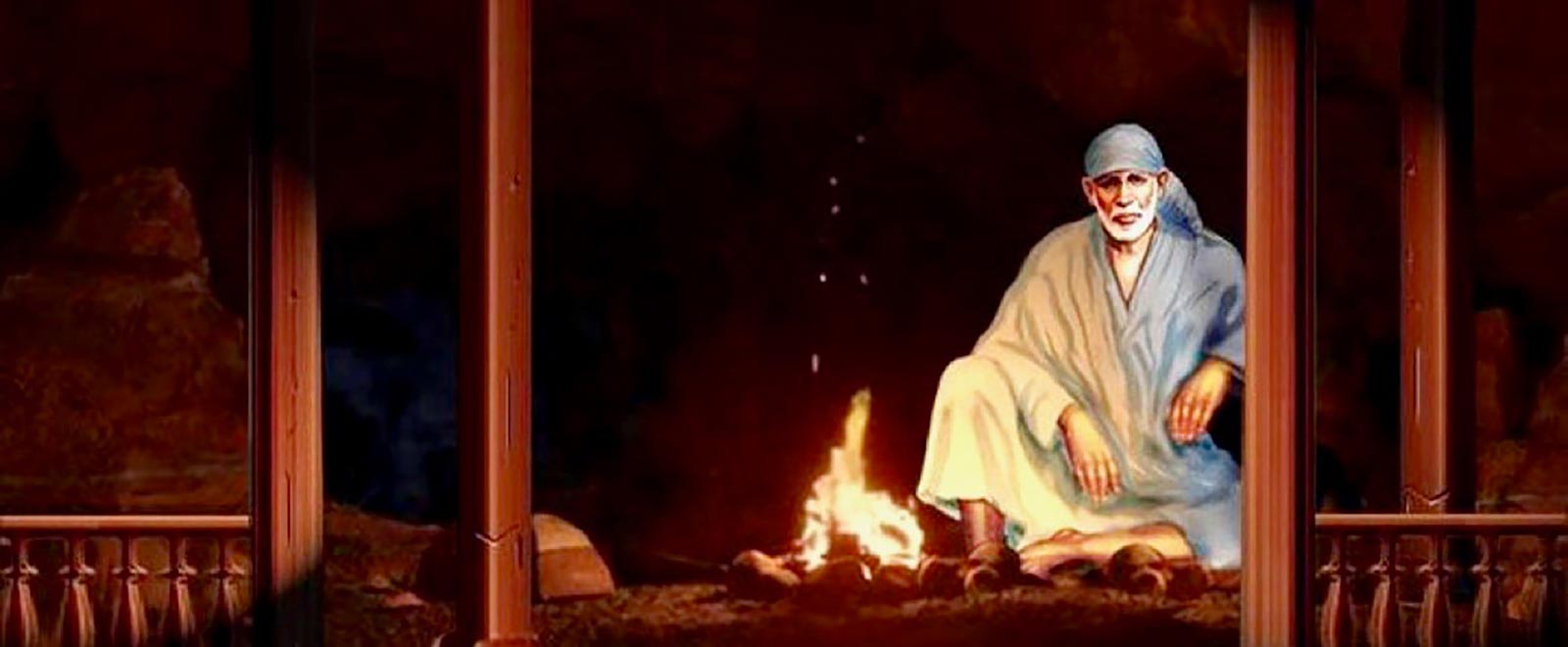
The Miraculous Nature of the Flames
What makes these flames truly extraordinary is their supernatural quality.
``All the villagers saw the flames. When Baba was alive, they dug under the gurusthan and hundreds of people saw the four flames. The candles were burning under the earth! There was no oil to make them burn, but the candles were burning.``
This miraculous phenomenon defies ordinary physical laws and stands as testimony to Baba’s divine powers. The flames continue to burn without any physical fuel, sustained purely by Baba’s spiritual energy, his “austerities power.” Here is the full account of these flames from the Sri Sai Satcharitra (2):
Baba's First Appearance in Shirdi
The Four Flames and His Guru's Samadhi
``No one knew the parents, birth, or birthplace of Sai Baba. Many inquiries were made, many questions were put to Baba and others, but no satisfactory information has yet been obtained. Practically, we know nothing about these matters.
Namdev and Kabir were not born like ordinary mortals. They were found as infants in mother-of-pearls. Namdev was found on the bank of Bhimrathi River, and Kabir on the bank of Bhagirathi River. Similar was the case with Sai Baba.
For the sake of bhaktas (devotees), he first manifested himself as a young lad of sixteen under a neem tree in Shirdi. Even then he seemed to be full with the knowledge of Brahman. He had no desire for worldly objects even in dreams. He kicked out Maya (illusion) and mukti (liberation) was serving at his feet.
One old woman of Shirdi, the mother of Nanasaheb Chopdar, described him then. This young lad, fair, smart and very handsome, was first seen under the neem tree, seated in an asana (lotus posture). The people of the village were wonderstruck to see such a young lad practicing austerities, not minding heat or cold. By day he associated with none, by night he was afraid of no one. People wondered from where this young lad had turned up. His form and features were so beautiful that a mere look endeared him to all. He went to no one's door, always sat near the neem tree. Outwardly, he looked very young but his actions demonstrated he was truly a great soul. He was the embodiment of dispassion and a mystery to all.
One day, it so happened that the God Khandoba possessed the body of a devotee. People began to ask him, ``Deva (God), please who is this blessed son's father and from where did he come?``
The God Khandoba asked them to bring a pickaxe and dig in a particular place. When it was dug, bricks were found underneath a flat stone. When the stone was removed, a corridor in which four samayis (lights) were burning led to a cellar where cow-mouth shaped structures, wooden boards, and necklaces were seen. Khandoba said, ``This lad practiced penance here for 12 years.`` Then the people began to question the lad about this. He diverted them by telling them that it was his guru's holy spot and requested them to guard it well. The people then closed the corridor as before.
As ashwattha and audumbar trees are held sacred, Baba regarded the neem tree at this holy spot as equally sacred and loved it most. Mhalsapati and other Shirdi devotees regard this site as the samadhi sthana (burial place) of Baba's guru and prostrate before it.``
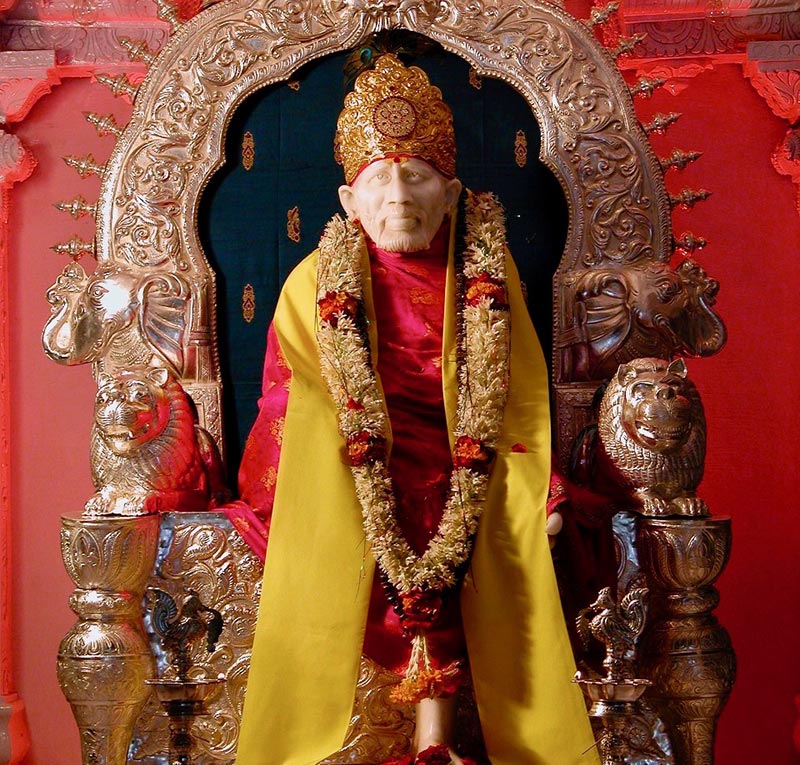
The Growing Power of Baba's Energy
Sri Kaleshwar prophesied about the increasing spiritual potency of these flames and their global influence:
``Now, Baba's Dwarkamai has become a great healing holy place in the universe. After a few years, that same fire will command the world. That energy is coming from that place.``
The spiritual energy represented in the four flames will gradually intensify and expand its healing influence across the planet. The power preserved in these flames is not static but dynamic, growing in strength and reach over time. As Baba often said,
``God will do good.``
The Oneness of Divine Light
The flames also symbolize the universal nature of divine energy. As Sri Kaleshwar explains:
``The light from the candle and the light from the fire are the same as the light from the sun. Equal. Fire is fire. Candles may be different, but the fire's light is one. Human beings may be different, but their power is the same, their aim is the same.``
While spiritual masters like Jesus, Buddha, Shirdi Sai Baba, and Ramakrishna Paramahamsa appeared in different forms, the divine light they embodied was fundamentally the same. The four flames represent this eternal light of divinity that transcends individual manifestations.
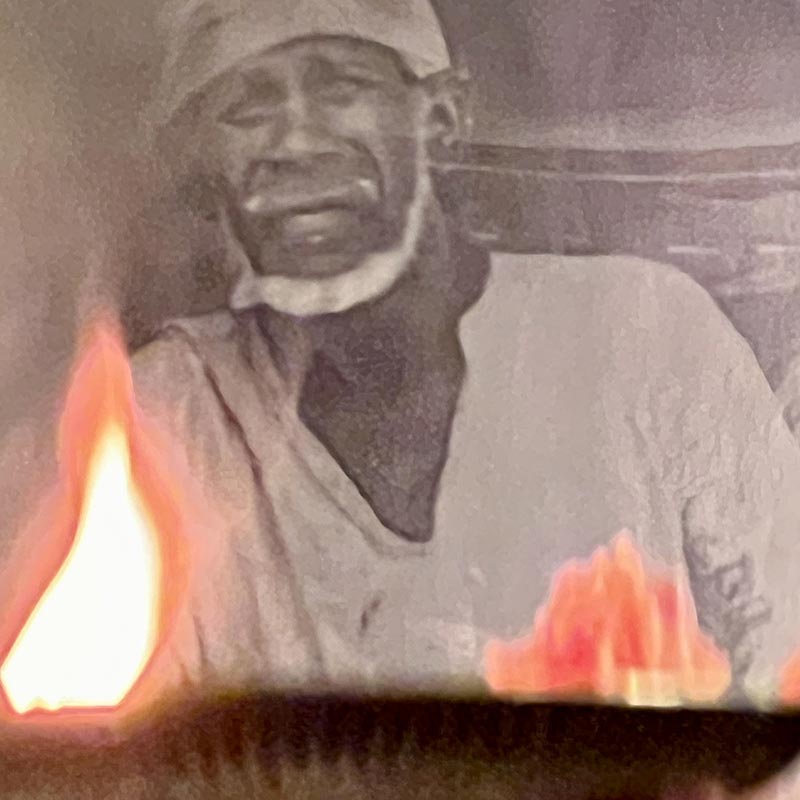
Baba's Connection to Power Objects and Sacred Places
The significance of the four flames is further illuminated when we understand Baba’s relationship with the five elements and especially the earth element through power objects.
``Even though Baba had a lot of power objects in his life, he never used all of them. He only used what his master gave him, the brick and a rosewood stick.``
The brick, in particular, held special significance for Baba:
``He awakened his own Brahma Consciousness channel, then connected to his master through the brick he had given him as a power object. He never, ever slept anywhere without his brick.``
Just as Baba created the four flames as repositories of his spiritual energy, he also utilized the power of objects charged with divine energy. This technique of utilizing the five elements channels to exchange supernatural energy is described in Sri Kaleshwar’s experience with Baba’s statue:
``That small statue stayed six nights at Baba's samadhi. Many times, hundreds of times, I held that statue and meditated, touching his third eye. Touching his third eye and getting shakti and giving my shakti to him and taking the shakti.``
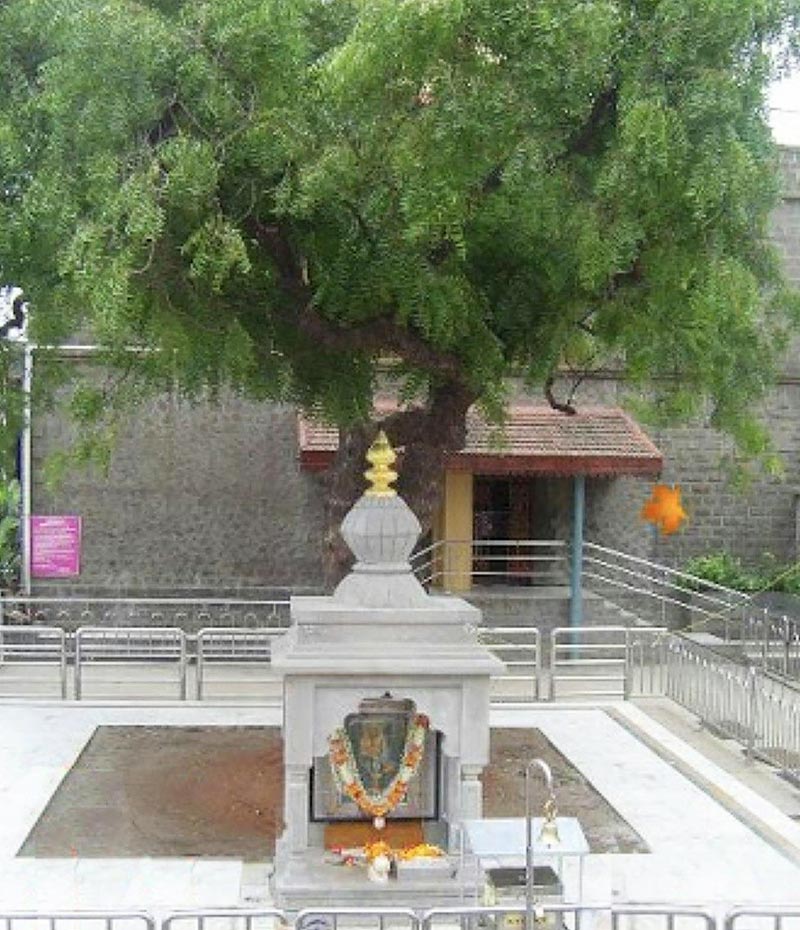
The Gurusthan and Baba's Arrival in Shirdi
The site where the four flames are buried is known as the ‘Gurusthan,’ which became the focal point of Baba’s spiritual presence in Shirdi. Before settling permanently in Shirdi, Baba had already demonstrated his healing powers:
``At one point, Baba started to give ash and many people began coming to see him. Ten, one hundred, two hundred people came to him from nearby villages. They took the ash and got relief.``
Gradual recognition of his spiritual powers eventually led the villagers to invite him to Shirdi:
``The Shirdi people said to Baba, 'Please come into the village!' All villagers invited Baba, except one man, the chief leader of the village. At first, he was completely opposed to Baba, but later on he turned into a big devotee.``
Upon his entry into Shirdi, Baba was given
``a small masjid room... fifteen by eighteen feet in size, with no roof at first, which Baba named his Dwarkamai.``
This humble dwelling would become one of the most powerful spiritual centers in the world, drawing energy from the four flames that continue to burn beneath the neem tree. Today Shirdi Baba’s samadhi shrine and it’s gurusthan is one of the top pilgrimage sites for people of all faiths and from around world, with more than 8 million visitors annually, and 150,000 visitors on peak days.
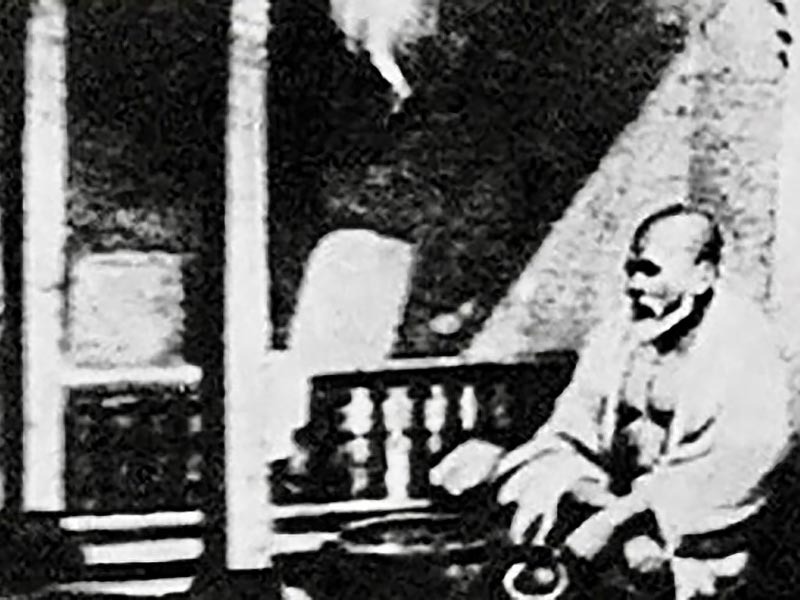
Conclusion: The Eternal Flame of Spiritual Energy
The four flames beneath the neem tree in Shirdi represent the enduring legacy of Shirdi Sai Baba’s spiritual power. They stand as eternal witnesses to his divine presence and continue to channel his blessings to devotees worldwide. These flames embody the universal virtues of truth, right judgment, peace, and love, and their power “will last for a thousand years.”
The mystery of the four flames reminds us that Baba’s presence transcends physical limitations and continues to miraculously guide and heal those who approach him with faith. Just as the flames burn without visible fuel, Baba’s divine energy continues to illuminate the spiritual path for seekers, regardless of time or distance.
In Baba’s own words,
``I am not this body or this name. I am the eternal light that illuminates all.``
The four flames are the physical manifestation of this eternal light, preserving and transmitting Baba’s spiritual energy for generations to come.
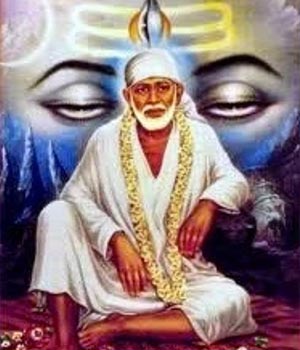
#BabaStories #Gurusthan #ShirdiSamsthan
SOURCES
(1) “Shirdi Sai Baba: Universal Master”,
compiled from the teachings of Sri Kaleshwar
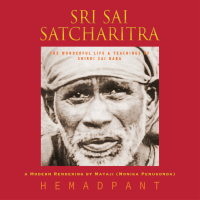
(2) “Sri Sai Satcharitra: The Wonderful life and Teachings of Shirdi Sai Baba”,
by Hemadpant, a modern English rendering by Monika ‘Mataji’ Penukonda



